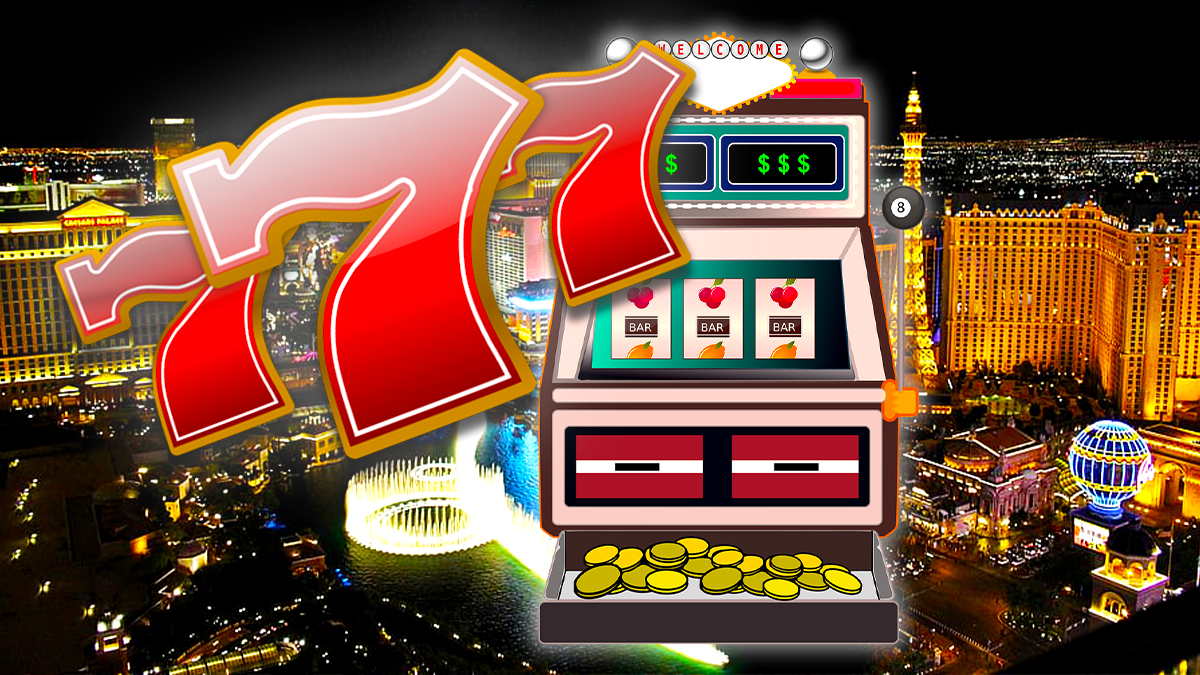Getting to grips with casino jargon can seem a daunting prospect at first. Particularly when it comes to the kinds of terms that are most often misinterpreted and misunderstood.
A prime example of which being hit frequency – something of huge importance concerning slot machines.
The most important thing to be aware of where hit frequency is concerned is that it is not the same thing as payback percentage – aka RTP. Both of which we’ll be looking into a little more detail below, in order to clarify the confusion as to what hit frequency means and why it matters.
What’s Hit Frequency?
In short, the term ‘hit frequency’ refers to how often any given slot pays a prize. Irrespective of whether it is a few pennies or a life-changing jackpot, it’s still referred to as a ‘hit’ in the same way.
Now, what’s interesting and important to note about hit frequency is how it is always kept a closely guarded secret. All games have their own in-built and predetermined hit frequency – how often they pay out prizes of any kind.
Understandably, this is not something a developer or casino operator wants its customers to know. If you knew the exact hit frequency of a slot, you could more or less work out when it was going to pay out.
At least, with a slightly greater certainty than would otherwise be possible.
As a general rule of thumb, slots that pay out larger jackpots are low frequency slots – i.e. they don’t pay out prizes very often. By contrast, those with smaller jackpots up for grabs are usually higher frequency slots, meaning they pay out prizes more regularly.
Hit Frequency vs. RTP
Given the similarities between the two, it’s understandable how hit frequency and RTP are often misinterpreted as the same thing. However, each refers to something entirely different with regard to how a slot pays out prizes.
With hit frequency, you’re looking at how often a slot pays out a prize of any kind. Something that’s also referred to as the ‘volatility’ of the slot – the likelihood of winning a prize with any given spin.
RTP – aka return to player – is a percentage figure that indicates how much is paid out in prizes, in correlation with cash collected. For example, if a slot machine paid out £95 in prizes for every £100 collected, it would have an RTP of 95%.
Depending on the slots you play, you could be looking at an RTP of anything from 80% to more than 97%. The higher the RTP, the more of the money collected is paid back in prizes.
But what’s important to note is how RTP does not give any indication whatsoever of hit frequency. A slot could have an RTP of 97% and yet have an exceptionally low hit frequency, paying large jackpots but very infrequently. Just as a slot with a low RTP might hand out low-value prizes on a regular basis.
When Should I Play High Hit Frequency Slots?
High hit frequency slots are those that pay out smaller prizes on a regular basis. Consequently, they are ideal for players with a low risk appetite looking to stretch their bankroll as far as possible.
Playing high hit frequency slots – aka low volatility slots – is more about entertainment than turning a profit. There’s a good chance you’ll win on a regular basis, but the prizes you receive won’t be particularly huge.
These are therefore the slots that come most highly recommended to gamblers playing for pure fun and enjoyment, looking to get maximum value for money from their limited bankroll.
When Should I Play Low Hit Frequency Slots?
The lower the hit frequency of the slot, the higher the likelihood of huge cash prizes being up for grabs. However, the odds of pocketing a prize with any given spin are significantly lower.
Progressive jackpot slots are the dictionary definition of a super-low hit frequency slot. You could easily pump a small fortune into a progressive slot over the course of several days, without receiving a penny in return.
But when these low hit frequency slots eventually pay out, they pay big. They take their time collecting plenty of money from hundreds or even thousands of players, before handing out generous prizes to the lucky few.
In which case, these are the types of slots that cater to those with a more advanced risk appetite. Or perhaps, casual players looking to place the occasional wager in the hope of striking it lucky. Similar to buying a lottery ticket and crossing your fingers, as you have to be in it to win it.
What Matters More – Hit Frequency or RTP?
A common error made by most casino newcomers is focusing disproportionately on hit frequency or RTP. The simple fact of the matter is that neither is more important than the other, as they indicate two entirely different things.
That said, the fact that hit frequency isn’t something that is disclosed or discussed by the casino makes the whole thing somewhat irrelevant. Over the course of time, the experiences of thousands of players may provide an indication of a slot’s hit frequency. But in terms of specific figures, there aren’t any to go by.
Instead, you’ll simply be informed by the developer of any given slot whether it is low, medium or high volatility. A somewhat vague indication of its hit frequency, but enough to help you make the right choice.
Again, low volatility slots are great for stretching a limited bankroll as far as possible, and having a great time in the process. Elsewhere, high volatility slots pave the way for potentially huge jackpots, but aren’t in the habit of paying out often.
It’s therefore a case of assessing your risk appetite, your available budget and your priorities. Whether playing purely for fun or pursuing life-changing jackpots, you’ll be spoilt for choice with the stellar array of slots up for grabs right now.
You might also find the following articles interesting:
- 10 Points to Ponder as a Roulette Newbie
- A Beginner’s Guide to Roulette – Getting Started
- 14 Facts to Amaze, Astound and Bore Your Friends to Death With!














